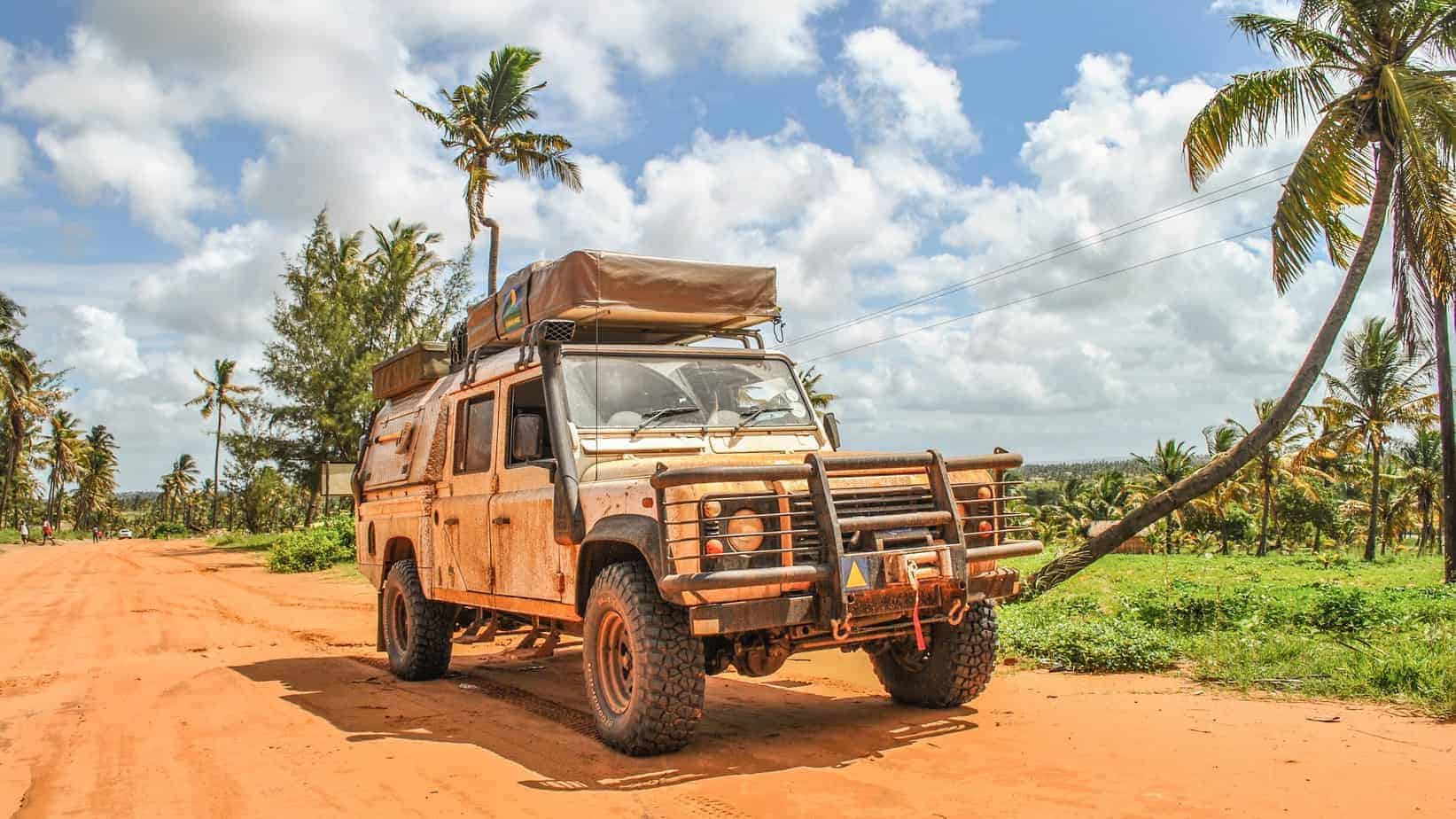66% of the world drives on the right hand side of the road therefore 66% of the world’s drivers drive LHD vehicles. It stands to reason then that if you have a choice between LHD and RHD for long term international overlanding, LHD is the way to go. We have a RHD vehicle and it has been a huge pain in the butt, especially when overtaking. I have to rely on my family members to tell me when it is safe to overtake, the problem is that the wife is a nervous Nelly, my son has never driven on a paved road, and my little daughter has to make an effort to see over the dashboard. We have a system though. Here is the scenario…
We are stuck behind an overloaded eighteen wheeler truck on a winding single lane road and the sun is setting directly in front of us. I will move the vehicle towards the centre line and whoever is in the passenger seat will crane their necks to have a look at the road ahead. If there is oncoming traffic they must say NO, if the road is clear they must say CLEAR. They may not say GO because GO sounds just like NO in a noisy Land Rover. Before this system became a habit we had more than a few near misses when I understood NO to be GO and headed out into the oncoming traffic to overtake. My navigator must also tell me how many vehicles are visible in the oncoming lane. Often they will tell me, “There are two cars, a bus then a red truck, it might be clear after the truck”. They tell me the colour of the last vehicle so that I can easily identify it when it passes.
The problem with this system is that I, as the driver, am almost always reliant on someone else to be wide awake and participating. If the family falls asleep on a long road I have to wait until the road conditions change enough that I am able to see the oncoming traffic and safely overtake.
The other drawback is that there are a few countries which do not allow RHD vehicles to cross their borders. This can be a massive problem when that country is en route to your destination and there is no way around it. In some cases special RHD permits may be obtained but often not. One solution is to have the RHD vehicle transported on a flat bed truck through the offending country but that is both expensive and obstructive as you will not be able to explore at your own pace. Also consider the following…
- There are 34% of countries which drive on the left hand side (most of these are former British colonies) including Southern and East Africa, India, British Guyana, a few Asian countries and Australia. Driving on the left hand side is the correct side to drive on because that is where the Queen drives her Land Rover Defender.
- There exist vehicles with interchangeable LHD RHD configurations such as the Mercedes Unimog and, with huge expense, your vehicle may be customised to do the same,
- Bear in mind that the headlights of RHD and LHD vehicles differ as they are designed to shine on the road ahead and the shoulder while not blinding oncoming traffic. There are special lens stickers which may be applied to the headlight outers for exactly this reason but it is recommended to install LHD headlights on RHD vehicles given the probability of driving with the other 66%. While you are doing that install LED bulbs and a relay so as not to burn out the headlight switch (this applies specifically to Tdi and Td5 Defender drivers),
- RHD in LHD countries (and vice versa) can present problems when stopping to pay at toll booths and when pulled over by the police. Corrupt police may insist that your vehicle is incorrectly configured and therefore illegal, a fine must be paid, a very, very big fine or the vehicle will be impounded. Do not fall for that. If you drove the vehicle into the country the policeman probably has no short, chubby leg to stand on.
This article is an excerpt from the upcoming book Travel the Planet Overland which can be pre-ordered by sending an email to a2aexpedition@gmail.com





